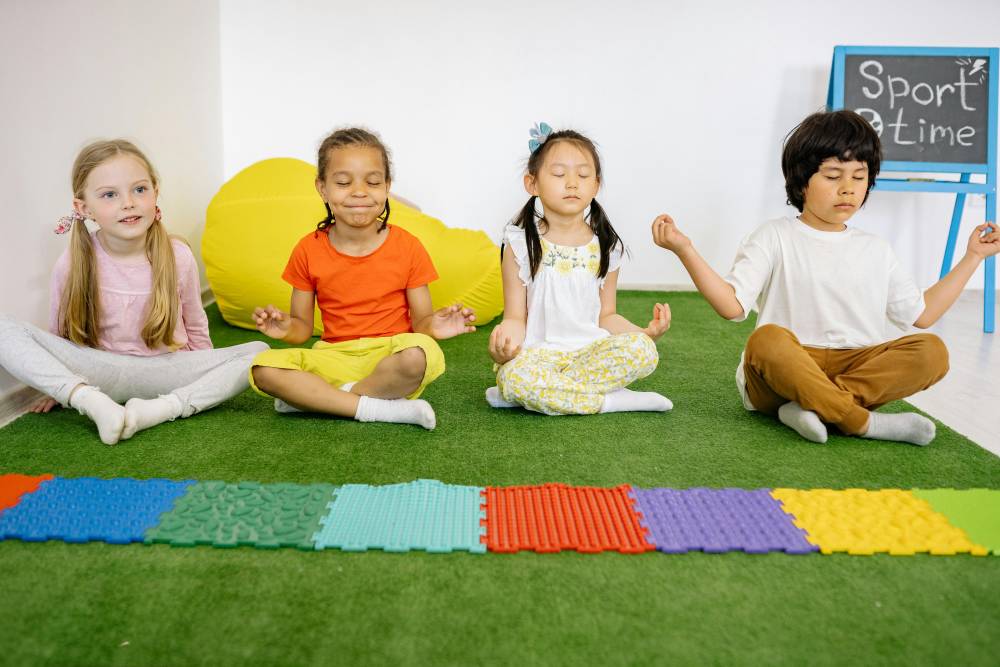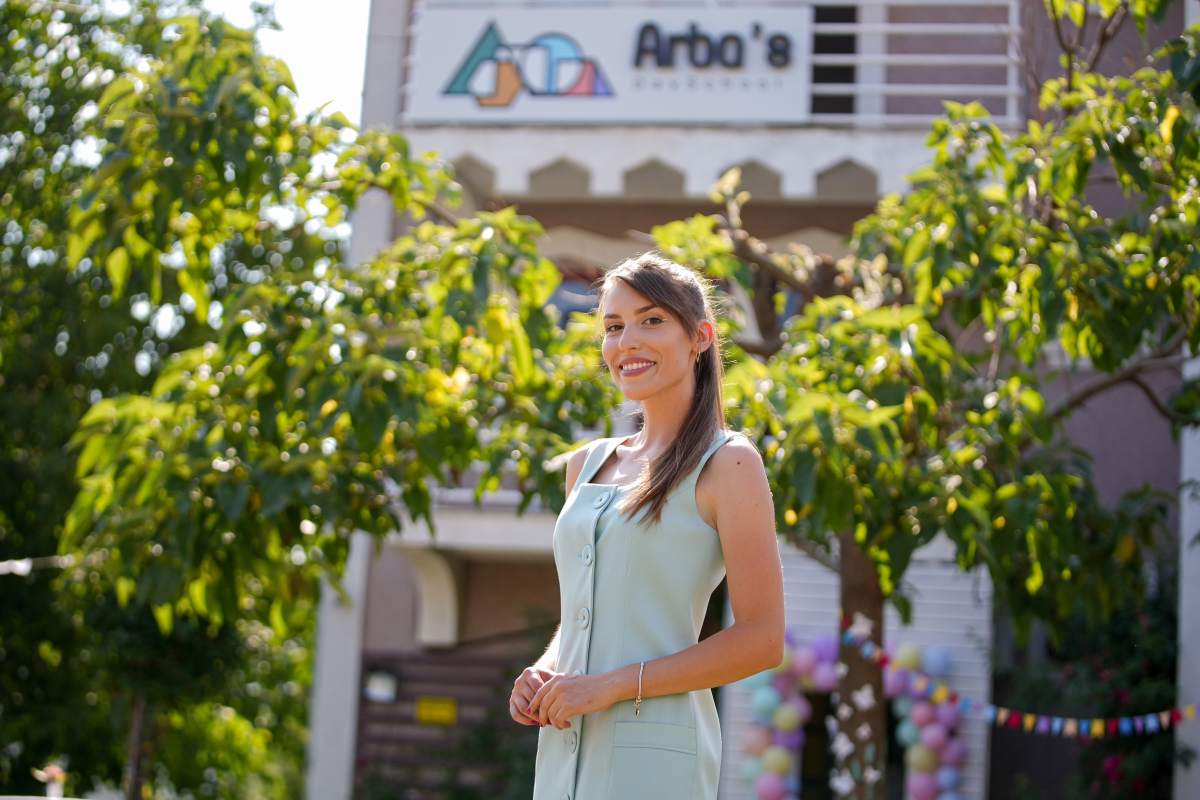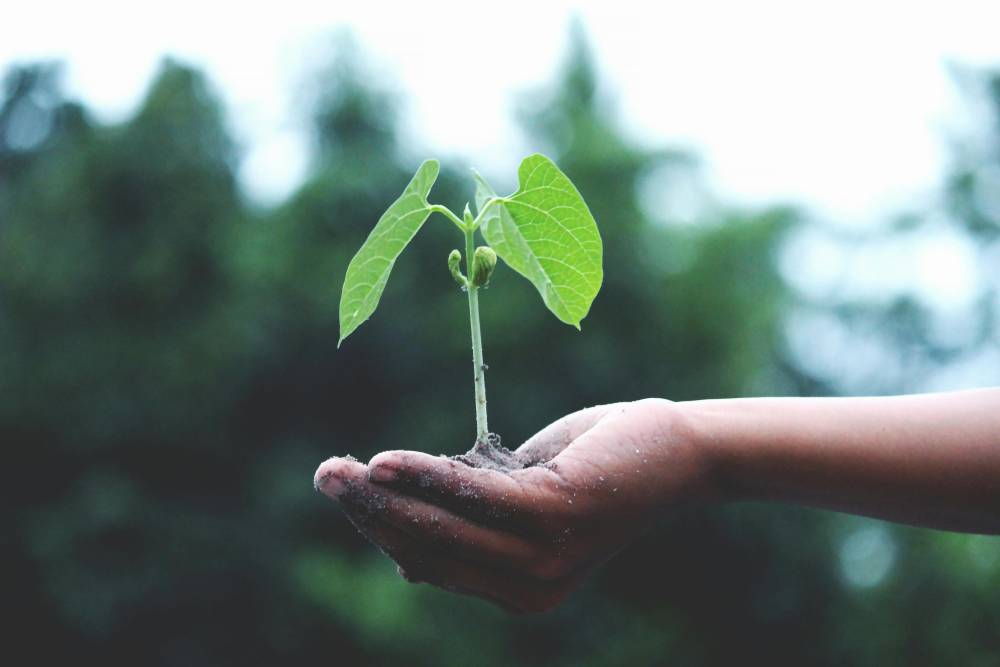As educators, we are constantly seeking innovative ways to enhance the learning experience for our youngest students. One such practice gaining recognition for its profound impact on holistic development is the integration of yoga into kindergarten classrooms. In this professional discourse, we will delve into the significance of incorporating yoga as a valuable tool for fostering physical health, emotional resilience, and overall well-being in early childhood education.
-
Physical Development:
- Fine and Gross Motor Skills: Yoga poses in kindergarten contribute to the development of fine and gross motor skills, helping children enhance their coordination, balance, and body awareness.
- Healthy Habits: Introducing yoga at a young age establishes a foundation for a healthy and active lifestyle, laying the groundwork for lifelong well-being.
-
Emotional Regulation:
- Stress Reduction: Kindergarten can be an emotionally charged environment. Yoga provides a structured outlet for stress reduction, allowing children to navigate and manage their emotions in a supportive setting.
- Emotional Resilience: By incorporating mindfulness practices, yoga equips young learners with tools for emotional resilience, teaching them to cope with challenges in a balanced and composed manner.
-
Cognitive Benefits:
- Enhanced Concentration: The mindful nature of yoga fosters increased concentration and attention spans, contributing to a more focused and receptive learning environment.
- Integration with Academic Learning: Yoga can be seamlessly integrated into academic learning, providing a holistic approach that supports cognitive development alongside physical activities.
-
Social and Emotional Learning (SEL):
- Collaboration and Empathy: Group yoga activities cultivate a sense of community, encouraging collaboration and empathy among kindergarten peers.
- Self-Expression: Yoga allows children to express themselves physically and emotionally, promoting a healthy outlet for self-expression within a structured framework.
-
Creating a Mindful Environment:
- Routine and Structure: Incorporating yoga into the daily routine establishes a sense of structure and predictability, contributing to a positive and mindful classroom environment.
- Transitions: Utilizing yoga during transitional periods helps ease students between activities, fostering a smoother flow within the classroom.
Conclusion: In conclusion, the introduction of yoga in kindergarten classrooms transcends the realm of physical exercise. It emerges as a powerful and holistic educational tool that addresses the multifaceted needs of young learners. By fostering physical health, emotional regulation, cognitive development, and social-emotional learning, yoga equips kindergarteners with skills that extend far beyond the classroom, laying the groundwork for lifelong well-being and success.
Call to Action: As educators, let us collectively embrace the transformative potential of yoga in kindergarten classrooms. Seek professional development opportunities, share best practices, and engage in a continuous dialogue on how yoga can be further integrated into early childhood education. Together, we can contribute to the development of resilient, mindful, and well-rounded individuals from the very start of their educational journey.








